This statement doesn't compile in VS2015, but does in VS2017:
var example = new Action( () => throw new Exception()
What had to change in the way labmdas are parsed in order to support throwing an exception inside a labmda expression?
Especially because if I use a lambda body, VS2015 is perfectly happy:
My question is similar to Why can't I throw exceptions from an expression-bodied member?, but my question, is why. What had to happen in the creation of an expression tree from a lambda that necessitated extending the compiler?

